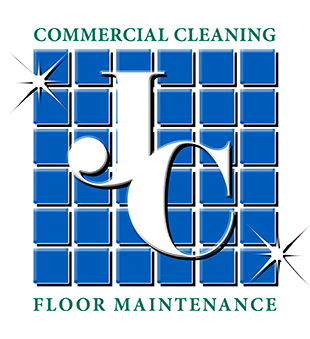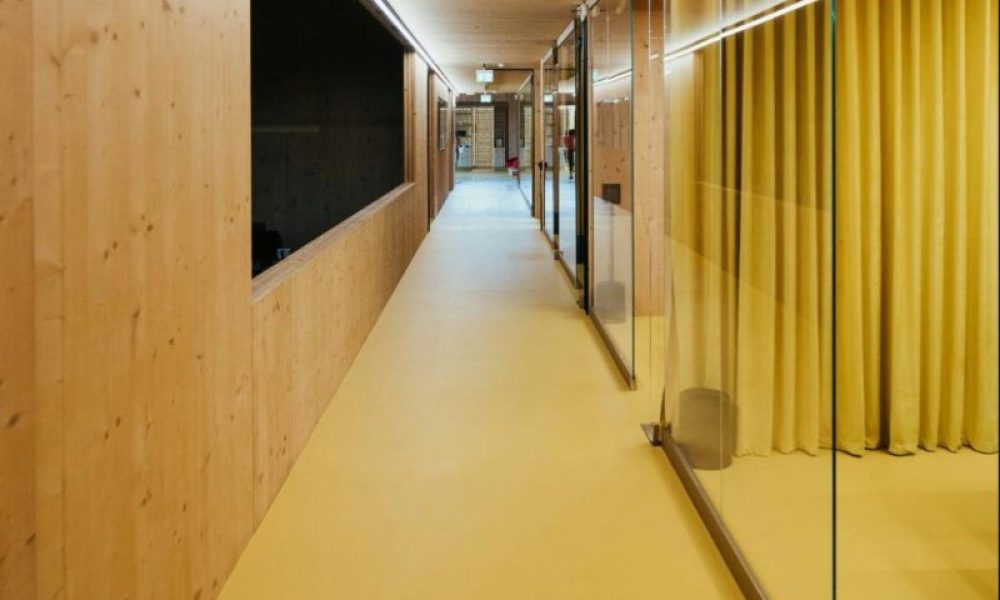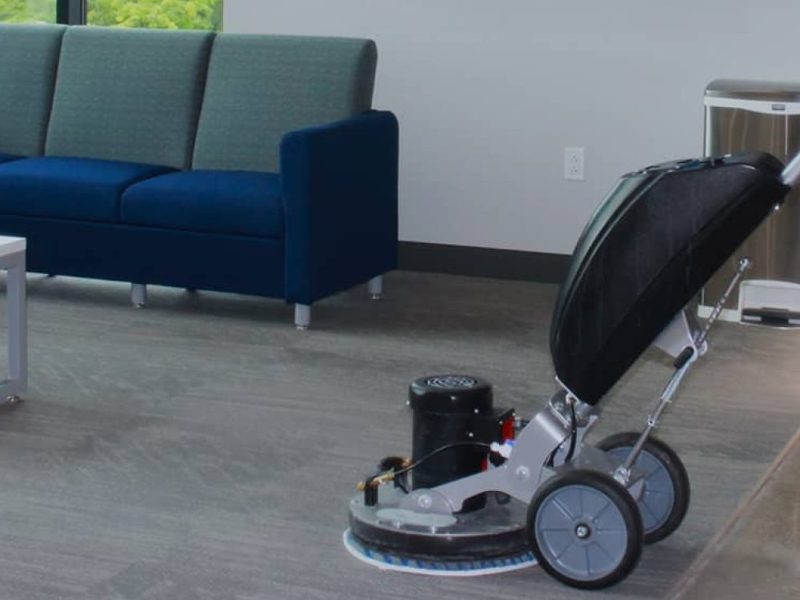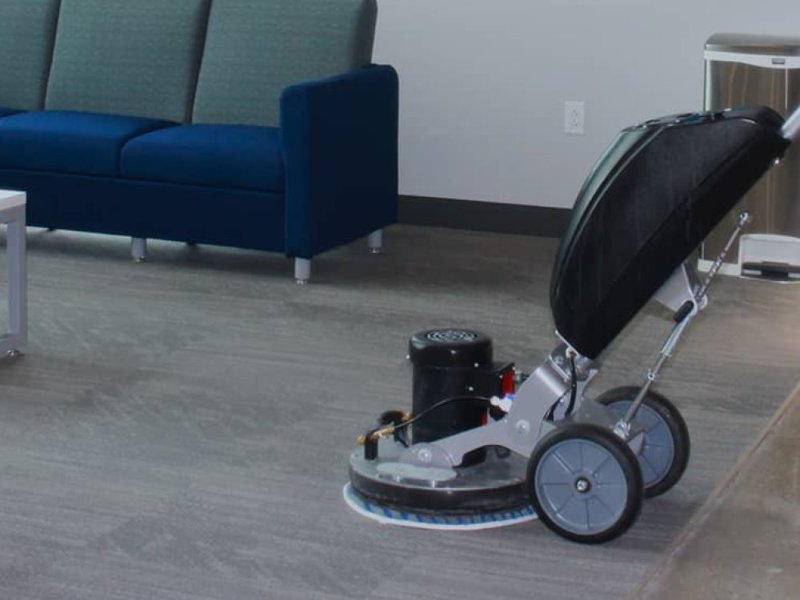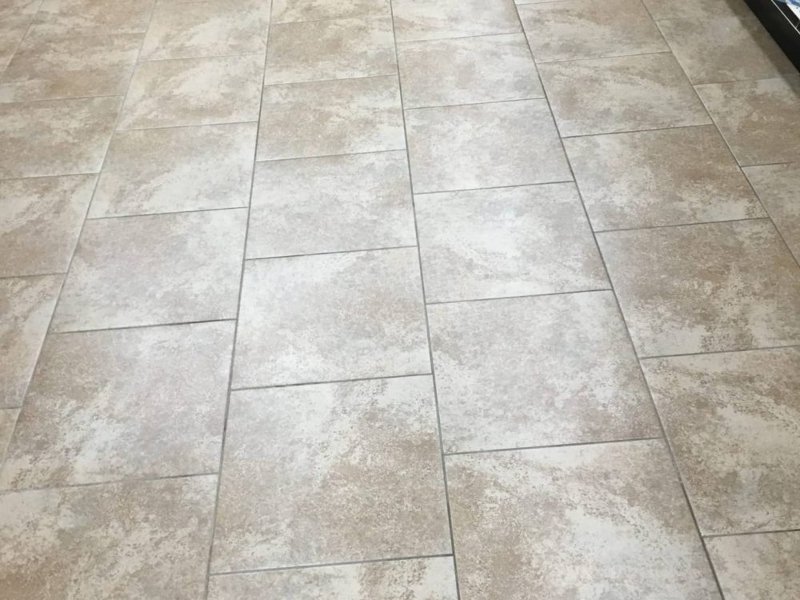Maintaining floors in excellent condition is crucial for both residential and commercial spaces. Floors endure heavy use, and without proper care, they can deteriorate quickly, leading to costly repairs or replacements. A preventative floor maintenance program is the key to extending the lifespan of your floors and keeping them safe, clean, and visually appealing.
In this guide, we’ll explore the steps to implement an effective preventative floor maintenance program, the benefits it offers, and how to tailor it to your specific flooring needs.
The Importance of Preventative Floor Maintenance
Preventative floor maintenance involves proactive measures to protect and preserve flooring materials. Unlike reactive maintenance, which addresses issues after they occur, preventative care aims to minimize wear and tear, reduce risks, and prevent damage.
According to our pals at Vanguard Cleaning Systems, the benefits of an effective program include:
- Cost Savings: Regular maintenance prevents costly repairs or premature replacements.
- Safety: Well-maintained floors reduce slip-and-fall hazards.
- Enhanced Appearance: Clean, well-maintained floors contribute to a polished, professional look.
- Longevity: Proper care ensures floors last longer, providing better returns on investment.
Steps to Implement a Preventative Floor Maintenance Program
1. Assess Your Flooring Needs
Every type of flooring material has unique maintenance requirements. Start by identifying the types of flooring in your space—such as hardwood, tile, carpet, vinyl, or concrete—and understanding their specific care needs.
Consider:
- Foot Traffic Levels: High-traffic areas need more frequent maintenance.
- Environmental Factors: Exposure to moisture, dirt, or chemicals can affect maintenance routines.
- Flooring Age and Condition: Older floors may need extra care to maintain their appearance and functionality.
Document these details to create a tailored maintenance plan.
2. Develop a Maintenance Schedule
An effective maintenance program requires consistency. Create a detailed schedule outlining routine, periodic, and restorative maintenance tasks:
- Daily Maintenance:
- Sweeping or vacuuming to remove debris.
- Spot cleaning spills to prevent stains or damage.
- Dust mopping to minimize abrasive particles.
- Weekly Maintenance:
- Wet mopping with appropriate cleaning solutions.
- Vacuuming or shampooing carpets in high-traffic areas.
- Monthly Maintenance:
- Buffing or burnishing hard floors to restore shine.
- Deep cleaning tile grout or other hard-to-reach areas.
- Periodic Maintenance (Quarterly or Semi-Annually):
- Polishing or refinishing hardwood floors.
- Applying sealants or coatings to protect against wear.
- Professional carpet cleaning to remove embedded dirt.
Tailor the frequency of tasks to your flooring type and usage patterns.
3. Use Proper Cleaning Products and Equipment
The wrong cleaning products or tools can cause more harm than good. Always use products designed for your specific flooring material:
- Hardwood Floors: Use pH-neutral wood cleaners and microfiber mops. Avoid excessive water.
- Tile and Grout: Choose non-abrasive cleaners and scrub brushes for grout.
- Vinyl Flooring: Use gentle cleaners that won’t degrade the finish.
- Carpets: Vacuum regularly with high-efficiency particulate air (HEPA) filters and treat stains promptly with appropriate spot cleaners.
Invest in quality equipment, such as industrial vacuums, auto scrubbers, and buffers, to improve efficiency and effectiveness.
4. Train Your Team
If you have staff responsible for floor care, ensure they are properly trained in cleaning techniques and equipment usage. Proper training reduces errors that can lead to damage, such as using harsh chemicals or incorrect machine settings.
Provide ongoing education to stay updated on best practices, new technologies, and product innovations.
5. Protect Floors with Preventative Measures
Preventing damage is easier and more cost-effective than repairing it. Implement measures to protect your floors, such as:
- Entryway Mats: Place mats at entrances to capture dirt and moisture before they reach the floor.
- Furniture Pads: Use felt pads under furniture legs to prevent scratches.
- Moisture Control: Use dehumidifiers or ensure proper ventilation in areas prone to humidity.
Encourage building occupants to adhere to practices like wiping their shoes before entering or promptly cleaning up spills.
6. Monitor and Inspect Regularly
Frequent inspections are essential for identifying issues before they become significant problems. Include the following in your inspection routine:
- Check for signs of wear, such as scratches, dents, or discoloration.
- Look for loose or damaged tiles, boards, or carpet seams.
- Ensure grout lines remain intact and free of mold or mildew.
Keep detailed records of inspections, including dates, findings, and actions taken. This documentation helps track the effectiveness of your program and plan for future needs.
7. Schedule Professional Maintenance Services
While routine cleaning can be handled in-house, some tasks require the expertise of professionals. Periodic services like deep cleaning, sealing, or refinishing floors can extend their lifespan and restore their appearance.
Work with reputable service providers who specialize in your type of flooring and use advanced techniques for optimal results.
8. Evaluate and Adjust the Program
An effective preventative maintenance program is dynamic. Regularly evaluate the program’s success by reviewing outcomes such as reduced repair costs, improved appearance, and positive feedback from building occupants.
If issues persist or new flooring is installed, adjust the schedule, techniques, or products accordingly.
Best Practices for Preventative Floor Maintenance
- Plan for Seasonal Changes: Adjust maintenance routines to account for weather-related factors, such as increased dirt during rainy seasons or salt during winter.
- Focus on High-Traffic Areas: Prioritize cleaning and protection in areas that experience the most use, such as entryways, hallways, and lobbies.
- Invest in Quality Materials: Use high-quality cleaning products, sealants, and finishes to enhance durability.
- Track Costs and Results: Keep track of maintenance expenses and compare them to repair or replacement costs. Effective programs should show cost savings over time.
Conclusion
Implementing an effective preventative floor maintenance program is a proactive approach that saves time, money, and resources. By assessing your flooring needs, developing a maintenance schedule, using the right tools, and protecting your surfaces, you can ensure that your floors remain safe, clean, and beautiful for years to come.
Whether you manage a commercial property or your own home, preventative care is an investment in the longevity and value of your flooring. Take the time to establish a comprehensive program and reap the rewards of floors that look great and perform well for the long haul.
